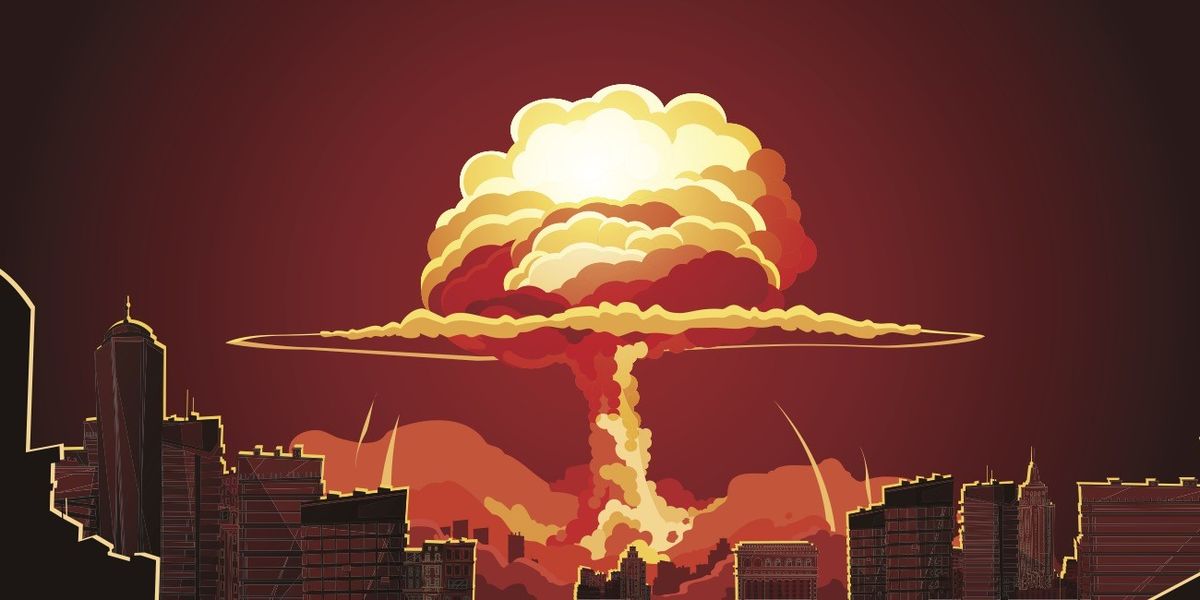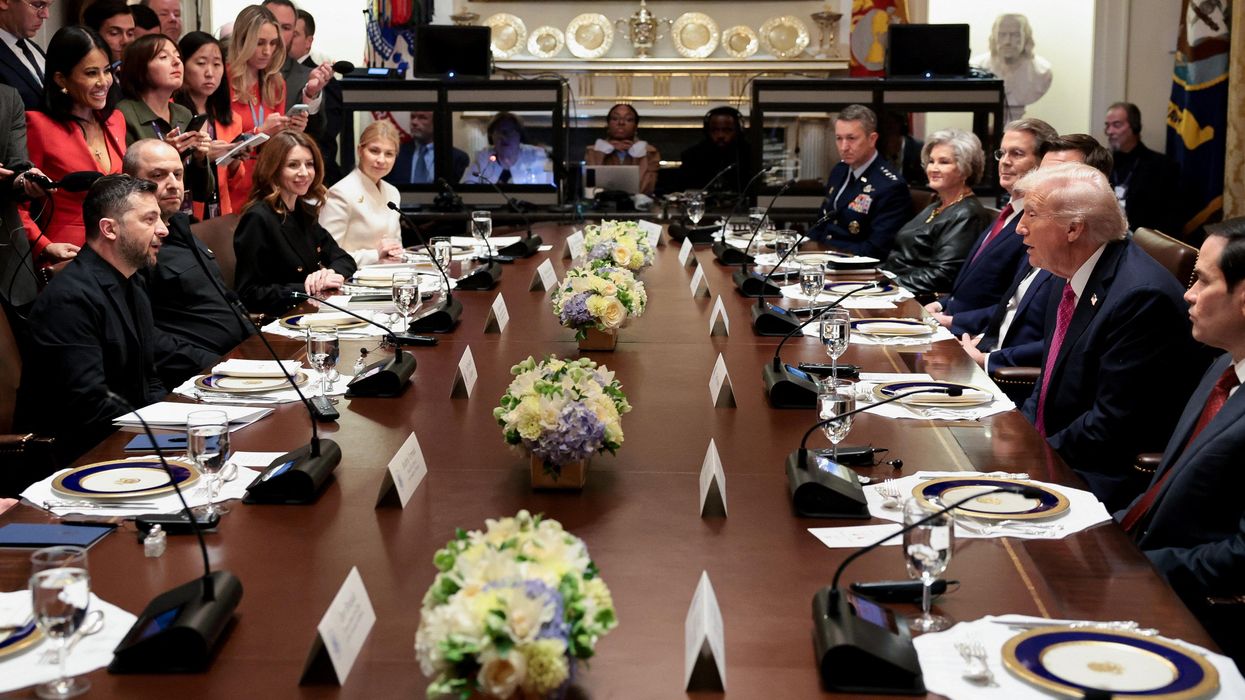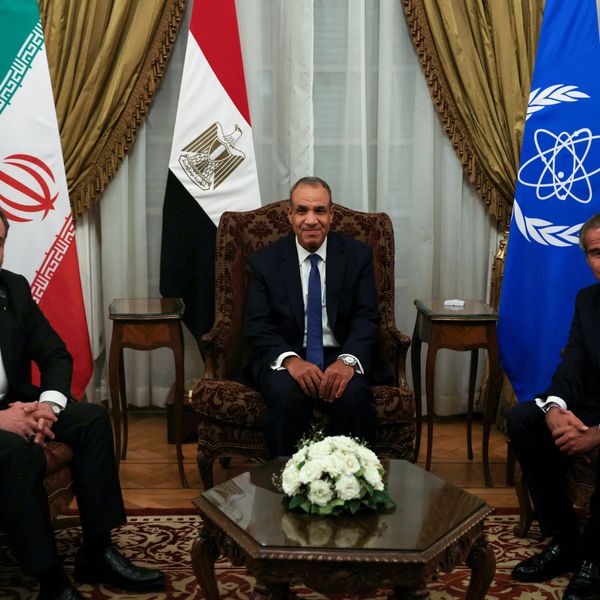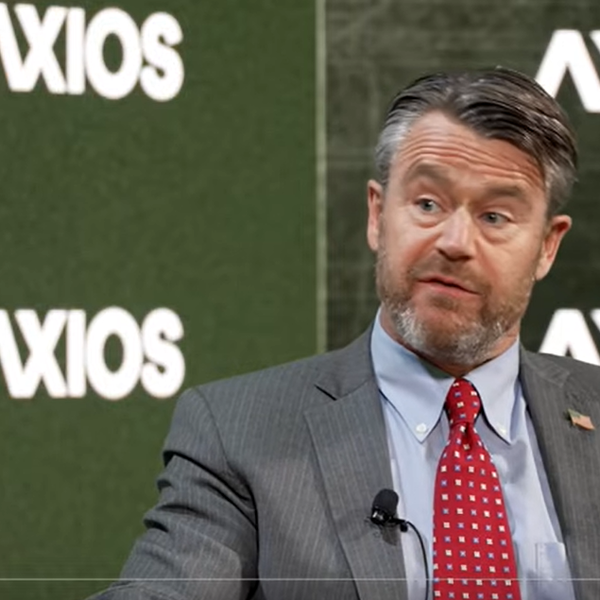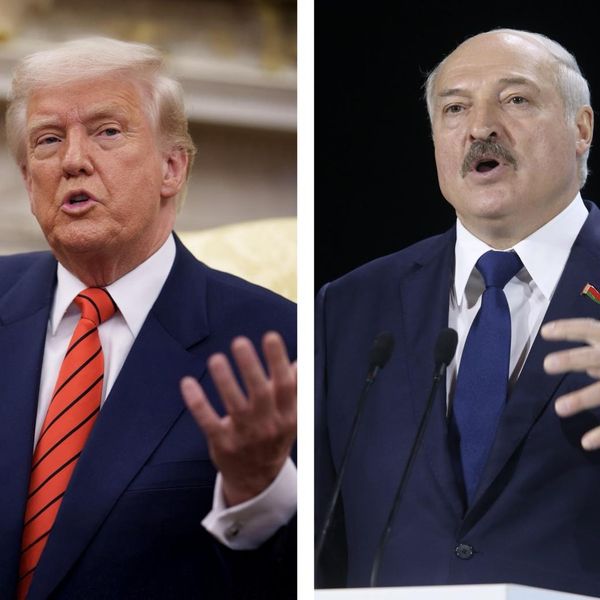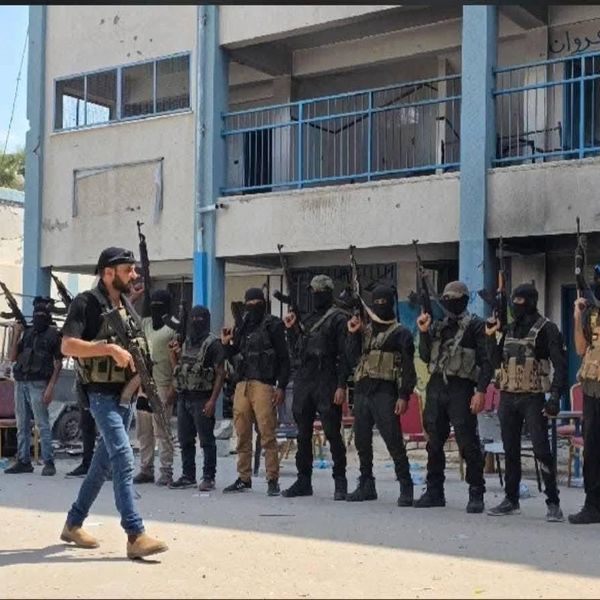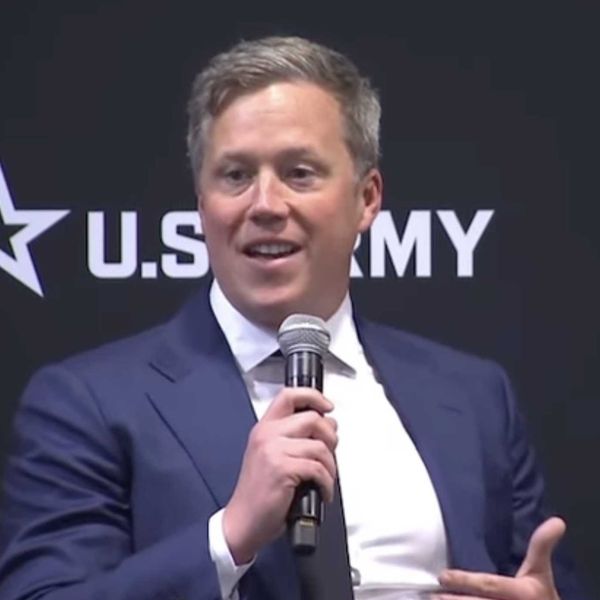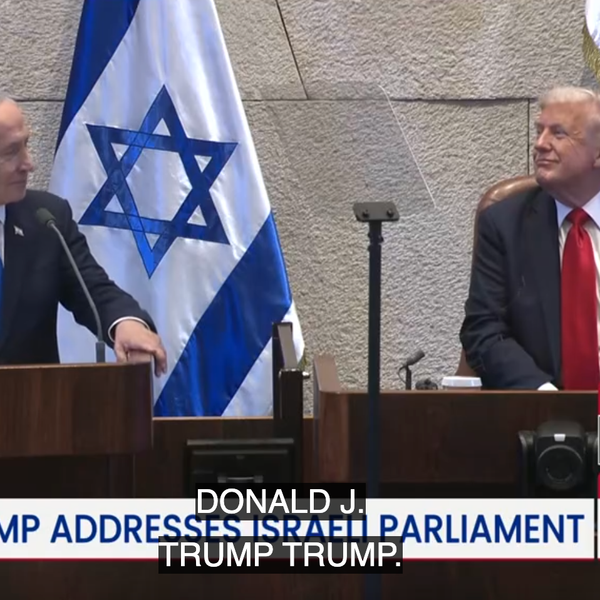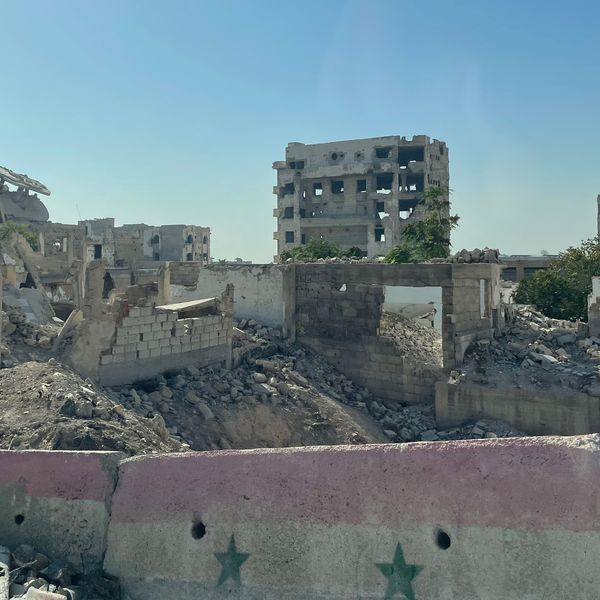The stakes in any U.S. elections are high, but when it comes to nuclear weapons, they are existential.
American voters deserve to know how their future policymakers and practitioners would address threats posed by the world's deadliest weapons. The United States possesses more nuclear weapons than any country except Russia. The cost of maintaining and modernizing this colossal nuclear arsenal has been estimated to be a massive $756 billion over the next decade, and this estimate grows by millions yearly.
Experts have asked many questions related to the presidential candidates' nuclear policies, and how they plan to deal with external threats; all these questions remain unanswered. When it comes to nuclear weapons, however, the American public's security has always been threatened, more immediately by the development, maintenance, testing, and modernization of the country's own nuclear weapons.
The reality is that U.S. nuclear weapons have harmed American communities throughout history and the question is whether the main two political presidential platforms have acknowledged and addressed these issues and what measures would either of the candidates take to put an end to these threats and fulfill the United States' long-standing commitment to nuclear disarmament.
The American nuclear enterprise: A legacy of harm
The story of U.S. nuclear weapons harm to American people begins with uranium mining. Starting in the early 20th century, much of this took place on Navajo land, and continued for decades, leaving a toxic legacy that continues to affect the health of Indigenous communities to date. Thousands of abandoned uranium mines remain scattered across the American West, continuously leaching radiation into the soil and water, and causing devastating health effects like cancer and kidney disease for those living nearby.
Nuclear testing accounts for another wave of harm caused by U.S. nuclear weapons. Between 1945 and 1962, the U.S. conducted over 200 above-ground nuclear tests, primarily in Nevada & New Mexico. Nuclear testing was later moved underground, and eventually stopped due to increased awareness of the harms of testing.
Later, the technological advancements that made nuclear blasts as “tests” obsolete. Recent studies show the fallout from some of these tests spread all over the country, with devastating consequences for people living downwind. Many developed cancer, autoimmune diseases, and other illnesses. The Radiation Exposure Compensation Act (RECA), the sole government program which provided a one-time compensation to certain affected groups, expired this year. Neither candidate has expressed awareness of this program, or the willingness to restore it.
Human security missing from nuclear policy discourse
Meanwhile, across the Midwest, missile silos housing intercontinental ballistic missiles (ICBMs) sit quietly beneath the surface after having displaced people native to the lands they occupy. One example is the Fort Berthold reservation in North Dakota, home to Mandan, Hidatsa and Arikara Nation, which was flooded in the process of building nuclear silos. In addition to their historical damages, these aging relics of the Cold War are a potential hazard. Accidents involving nuclear weapons, known as “broken arrows,” have occurred throughout U.S. history, and as the infrastructure ages, so does the risk of mishaps.
What’s worse, U.S plans to modernize these ICBMs could only exacerbate the situation without a clear assessment on the impact they would have on the public. Furthermore, the very function of these silos is to act as a “nuclear sponge,” to draw out an adversary’s attack unto themselves, and to populations around them. Yet, there is no mention of the tens of thousands of people living near these silos that would die instantly in such an event.
Despite stopping testing, the U.S. has been mainlining its huge warhead stockpile, and has still not completed disposing more than 100 million gallons of hazardous liquid waste, containing both chemical and high-level radioactive materials from these activities. The United States also continues to generate new high-level nuclear waste to maintain its nuclear weapons program, and when implementing plans to modernize the nuclear stockpile.
The opportunity-cost of maintaining and modernizing nuclear weapons in the name of security might be domestic peace and stability. New data from the Funds for Peace project think tank, shows the United States is experiencing a downturn in stability, while losing social cohesion.
This framing national security as “human security” is not a new concept. Human security scholars suggest that the security of a country’s citizens is dependent on the public’s ability to take care of themselves, and to have the opportunity not just to survive but to thrive. The practice of incorporating human security indicators within the national security agenda is longstanding.
For example, President Dwight Eisenhower’s national security agenda focused on the improvement of education and transportation, which are indicators of human security. Today, this practice is reflected in the way social and cultural issues are debated on defense and security platforms and are considered in the process of adopting annual defense legislations. In a new opinion piece, Herbert Scoville Jr. Peace Fellow Allie Maloney, argues that “spending on non-defense programs and instead investing in the civilian sector decreases unemployment rates and contributes to economic security for the public,” increasing, in turn, the public’s real security.
Are Republicans and Democrats paying attention?
A discussion on the impact of nuclear weapons on the public is conspicuously absent from the platforms of both major parties. Democratic and Republican presidential and vice-presidential nominees barely even discuss more mainstream policies such as how they would avoid a nuclear arms race with Russia and China, and how to protect the American citizens from the outbreak of nuclear war.
The Democratic National Convention’s 92-page document mentions the word nuclear 16 times, and while the document asserts “nuclear war cannot be won and must never be fought,” it provides no plans to address the harm nuclear weapons have caused the American public. Neither does it discuss how its “commitment to modernize,” which it calls “the bedrock of deterrence,” would be carried out without causing more harm to the public.
Meanwhile, Republicans broadly support not only modernization, but potentially expanding of the nuclear arsenal to “counter threats from Russia and China.” The immediate security of the public is a sacrifice they make without the public’s consent. The 2024 GOP Platform, which is dedicated to “the forgotten men and women of America,” forgets to mention nuclear weapons policies altogether. In the past, Republican candidate Donald Trump’s former adviser, Robert O’ Brien has gone as far as deliberating the resumption of nuclear testing, the impacts of which were laid out earlier in this article.
A step toward security: The need for a national conversation
As the 2024 election draws closer, voters deserve more than a handful of vague and half-thought references to nuclear weapons. They deserve to know how presidential candidates plan to protect Americans from the dangers posed by the U.S.’s own nuclear infrastructure. Will the next president work to resume RECA to compensate those still suffering from nuclear testing? Will they fund the cleanup of abandoned uranium mines, and riverbeds contaminated by nuclear waste? Will they address the risks posed by aging missile silos, nuclear waste, or modernization plans? Finally, will the next U.S. president acknowledge and take meaningful steps toward nuclear disarmament, which is a long-standing legal and moral obligation of the United States?
A president’s responsibility is to protect the American people — and not just from threats abroad. If Eisenhower could frame human security as national security at the height of the Cold War, so can the next U.S. president. A clear plan to address the full scope of nuclear threats is needed, lest the American public remain at risk from the very weapons that are supposedly designed to protect them.
